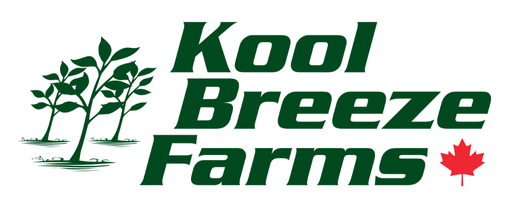Herbs, vegetables, annuals, perennials, and wildflowers can all be grown from seed in your own home. It’s a very satisfying and economical late winter past time. It is also a great family activity that triggers a sense of wonder in children. The diversity of nature is particularly evident in this process because different seed varieties require different amounts of time to germinate and grow before taking them outdoors to plant in the garden. Some even need special pre-treatment before sowing like chilling, nicking the seed coat with a sharp knife, or soaking overnight. Just as all people are different, so are seeds. Read the back of each seed package carefully to learn its particular preferences.
How To Start Seeds:
The first step is to know when to start your seeds indoors. This information is clearly indicated on the package. If you start too early they’ll become tall, leggy, and rootbound before they can be planted in the garden. Other seeds if started too late will have a lot of catching up to do in the garden. Remember that perennials started from seed shouldn’t be expected to bloom until their second year. View some of our seed starting supplies here.
Growing Containers:
You will need something to grow your seeds in. One of the easiest methods is to use a Mini Greenhouse Kit that consists of a drainage tray, plastic cellpack inserts, and a clear humidome cover. Or there are Jiffy Peat Pellets that are soaked in water until they have expanded to seven times their size. Each Jiffy pellet becomes a small growing sack with peat soil large enough for sowing two to three seeds. The advantage of Jiffy pellets is that you plant the seedling in its Jiffy right into the garden in spring so there isn’t any root disturbance. This is also true of individual peat pots and peat cellpacks that are biodegradable. When you don’t have to pull a plant out of its growing container, there’s virtually no shock to sensitive roots and they take off quickly without sulking. Plastic cell packs are also great because you can just slide the plant out of the pack and you can use them year after year, just wash and rinse.
All these supplies and more are available at Kool Breeze Farms Garden Centre.
Soil:
The second item you will require is a soil that’s just for seed starting. Choose a soil-less mix or Pro-mix, these soils are very light allowing fragile young roots to grow easily. They also allow easy air penetration and they’re sterilized to eliminate insects and disease. Don’t use topsoil, triple mix, or houseplant soil. The first two aren’t sterilized and the latter is too heavy a mixture.
When you’re ready to start your seeds, it’s a good idea to slit open the top of the bag of soil, add some water, and let it stand overnight. Otherwise, the soil is so dry it’s like dust. Fill your plastic or peat cellpacks or pots with the pre-moistened soil and spread two or three seeds over the surface of each compartment or pot. Lightly cover the seeds with more soil or, if specified on the package, leave the seeds exposed to direct light. Set your cellpacks or pots into a drainage tray. The Mini-green-house has a plastic cover that can be put over the drainage tray. Don’t snap it onto this tray. Rather, leave a small gap for air circulation. This is left on until the plants touch the cover, then it’s permanently removed.
Light:
All seeds want to grow in warmth, especially bottom heat from being placed on a refrigerator or radiator, with natural bright light or under fluorescent lamps that are kept 15 cm (6”) above your seed flats. Be sure to identify what’s sown in each flat by writing on seedling labels with a permanent marker like a Sharpie™ pen. You’ll need several labels if there’s more than one variety in a flat.
Water:
Don’t allow your seedlings to dry out. Water them from a mister bottle when the soil surface is dry. Watering with a watering can gives too forceful a spray and will probably dislodge the seedlings and the soil.
Planting Your Seedlings In The Garden:
To plant young seedlings outdoors, you need to “harden” them off to ensure they can withstand fluctuating temperatures and wind. A week ahead of the June 10 weekend, place the trays outside in light shade for a few hours each day, bringing them back in at night. Each day move them into a bit more light until they’re finally in full sun. If you put the flats in direct sun, the foliage burns and the leaves will have to be plucked off. To minimize transplant shock at the time of planting, use Nutrite Transplanter 10-52-10 as directed. Some seedlings can tolerate frost and can be planted earlier than June 10. These seedlings will have the earlier transplanting date on the seed package.


Just wondering about light – how many hours of light, how many hours of darkness do you recommend?
Thanks!
Scott
Hi Scott, thanks for your question. We recommend between 10-12 hours of natural sunlight or you could add a grow light. You could try a schedule of 7AM-7PM light, 7PM-7AM darkness. Good luck and happy growing.